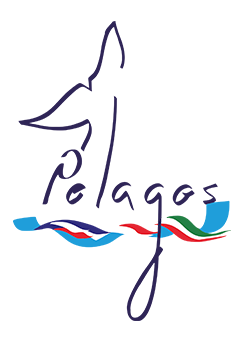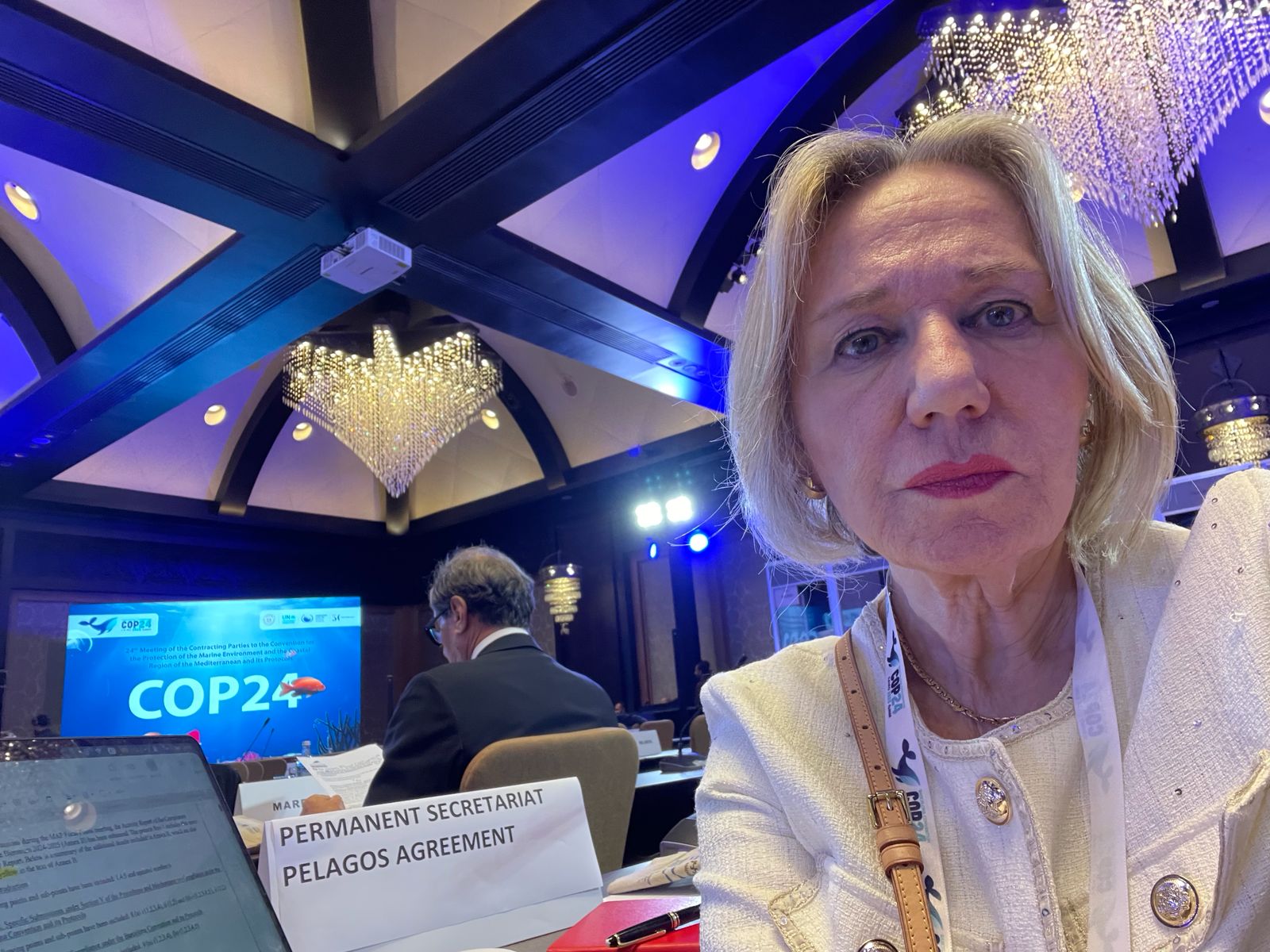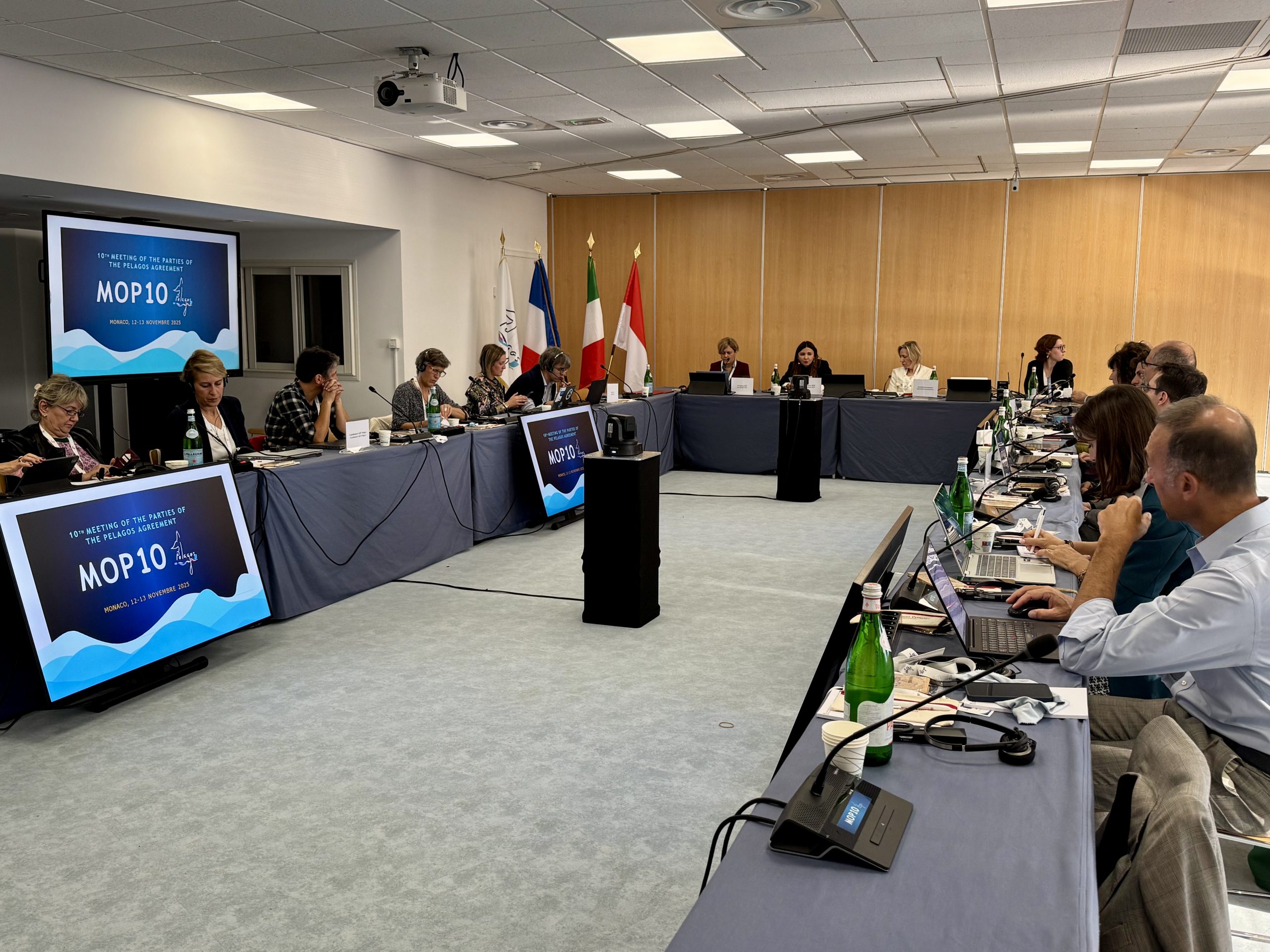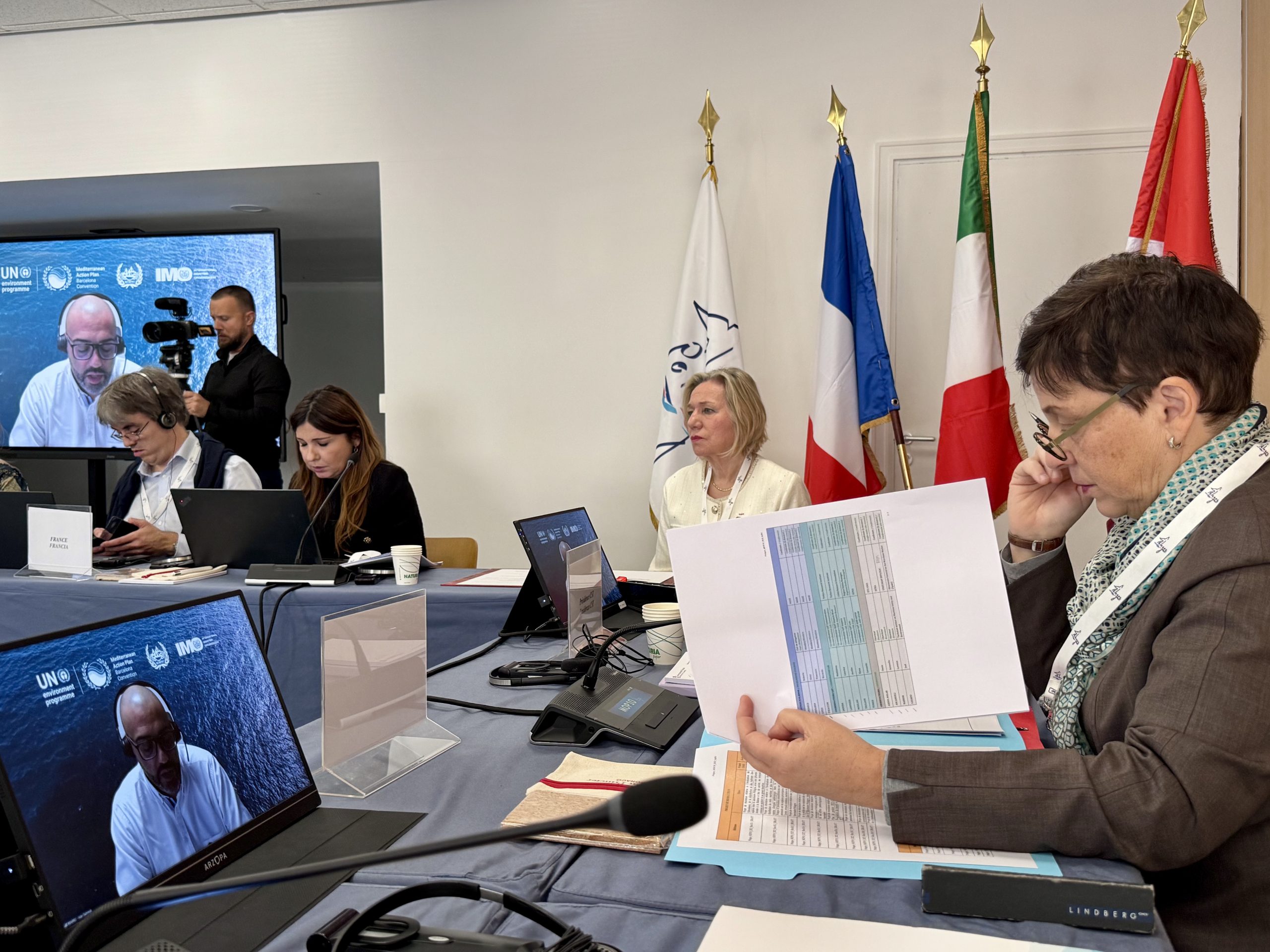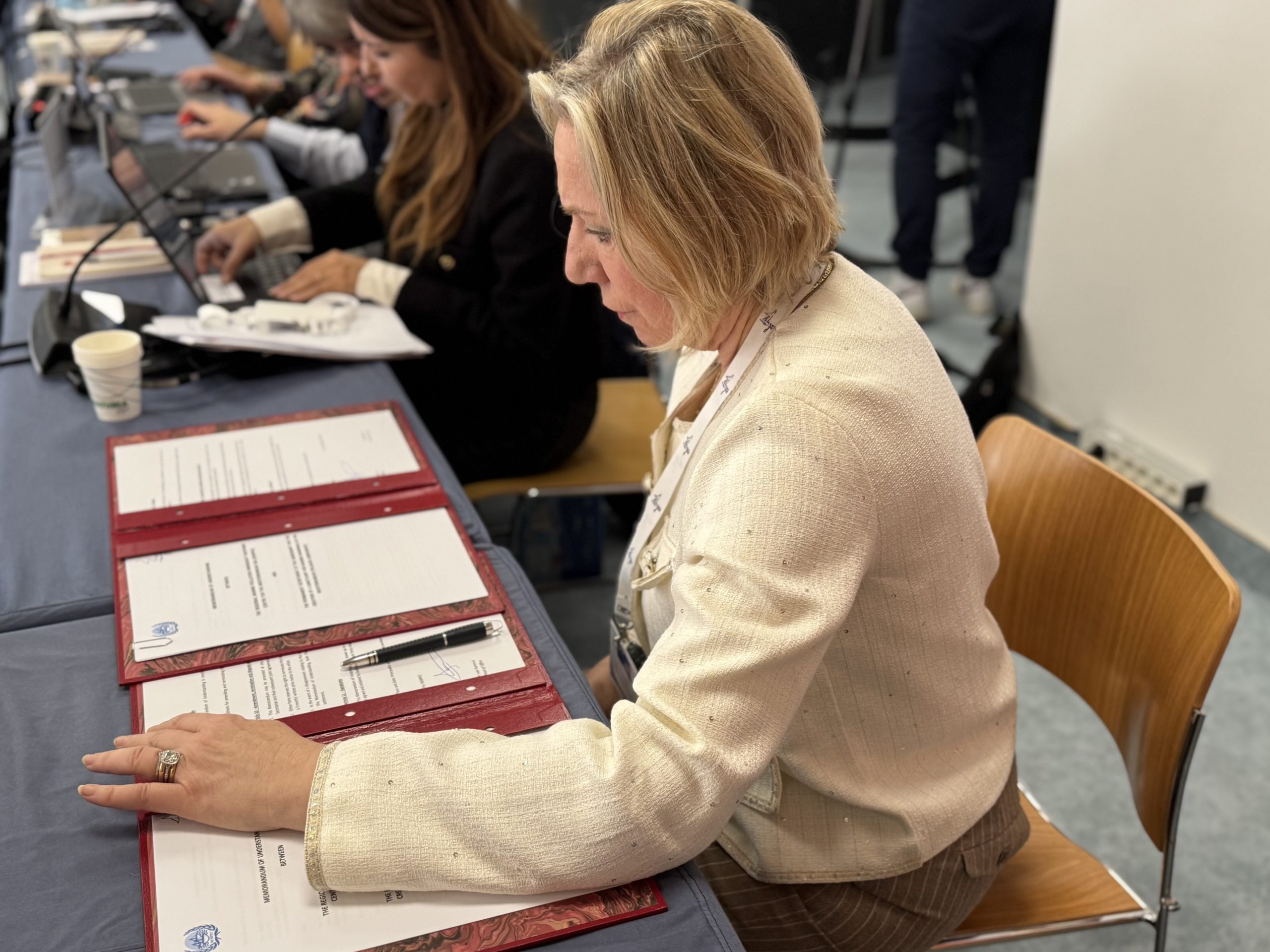Fisheries and cetaceans in the Pelagos Sanctuary: an analysis for sustainable coexistence
Fisheries and cetaceans in the Pelagos Sanctuary: an analysis for sustainable coexistence
In the Pelagos Sanctuary, two realities closely tied to the sea coexist: on the one hand, the stable presence of several cetacean species; on the other, fishing activities, both artisanal and industrial, which for centuries have been an economic resource for coastal communities.
However, this coexistence is far from simple. Interactions between cetaceans and fisheries pose complex challenges, ranging from bycatch risks and acoustic disturbance to habitat degradation caused by abandoned fishing gear.
To shed light on these dynamics and assess the impacts of fishing activities on cetaceans, the Pelagos Agreement commissioned a scientific consultancy, entrusted to a group of experts from the University of Genoa: Cecilia Pinto, Luca Lanteri, Fulvio Garibaldi, Federico Vignati, Giovanni Roppo Valente, with the support of David Gamba from the Monaco Sport Fishing Federation.
State of the art
The aim of the study was clear: to provide a comprehensive overview of interactions between fisheries and cetaceans in the Pelagos Sanctuary. The analysis focused on:
- direct impacts, such as bycatch or injuries caused by fishing gear;
- indirect effects, such as acoustic disturbance or reduction of prey availability;
- the use of abandoned or lost fishing gear (ALDFG), which can damage marine ecosystems;
- the status of fish populations that constitute the diet of cetaceans;
- interactions with a key species, the bottlenose dolphin, frequently present in coastal areas.
Project findings
Abandoned Fishing Gear (ALDFG)
Among the main risk factors identified were abandoned fishing gears, known as ALDFG (Abandoned, Lost or otherwise Discarded Fishing Gear). In areas such as the Ulisse and Penelope seamounts, up to 94% of observed marine litter consisted of nets, ropes, and lines, mostly of artisanal origin. Although no direct cases of cetacean entanglement have been documented in the Sanctuary, the potential impact on habitats and fauna is high and well documented elsewhere. Management of this waste is complicated by difficulties in locating it and the absence of shared protocols for monitoring and removal.

Map of abandoned fishing nets identified by the GHOST MED project (2022).
Fishing Effort and Risk Areas
More than 1,700 professional fishing vessels operate in the Pelagos Sanctuary, distributed across 14 maritime districts. The most common techniques—gillnets, longlines, and trawling—are also those with the greatest impact on ecosystems. Data show that fishing effort varies over time and space, with seasonal peaks mainly in summer. The analysis highlighted an increasing use of passive gears (such as longlines and set nets), often linked to small-scale artisanal fisheries, which make up a significant portion of the fleet.
Recreational fishing is also widespread, though still difficult to quantify. Estimates suggest hundreds of thousands of anglers in Italy alone, using highly variable techniques and efforts. Although its impact is not yet well measured, it can contribute to overall pressure on fish stocks and species targeted by cetaceans.

Comparison of the trawlers effort (in fishing hours) from the GFW dataset (black) and of longliners fishing tracks in the Pelagos Sanctuary in 2020. Red lines identify the indicative borders of the Pelagos Sanctuary.
Prey and overexploitation
Many of the fish species that cetaceans feed on—such as hake (Merluccius merluccius) or deepwater red shrimp (Aristeus antennatus)—are considered overexploited according to the latest data from the GFCM (General Fisheries Commission for the Mediterranean) and the European Commission. This situation may lead to increasing competition between cetaceans and fisheries, reducing prey availability and altering trophic balances.
Bottlenose dolphins and artisanal fisheries
The bottlenose dolphin (Tursiops truncatus) is the species most frequently interacting with coastal fishing activities. In the Pelagos Sanctuary, it is common in shallow waters, often approaching fishing gear to feed on the catch. However, these interactions can have serious outcomes: net damage, accidental ingestion of hooks or plastics, injuries, and in some cases, death.
Data collected in Liguria, Sardinia, and Corsica show that about 6% of stranded individuals exhibit clear signs of interaction with fishing gear. Observations from European projects and local monitoring networks confirm the high frequency and economic impact of these interactions for small-scale fisheries.

Map of T. truncatus strandings along the French Mediterranean Coast (www.observatoire-pelagis.cnrs.fr).
Towards more sustainable management
Based on the evidence collected, the scientific consultancy identified several priority actions to improve coexistence between fisheries and cetaceans:
- strengthen monitoring of interactions and data collection, coordinated among Italy, France, and Monaco;
- promote low–impact fishing gear and safe deterrent technologies for marine wildlife;
- directly involve fishers through training and awareness, also valuing their active role in conservation;
- integrate cetacean protection into sustainable fisheries policies and local strategies.
A concrete step for conservation
This work represents a first concrete step toward integrated and sustainable management of fishing activities in the Sanctuary. Monitoring, understanding, and acting jointly are essential to secure a future in which cetaceans and coastal communities can coexist in balance. The challenge is complex, but the knowledge now available makes it possible to make more informed choices, aimed at protecting a unique natural heritage and the people who depend on it.
